This is an Up the Creek adventure with a difference, for your destination is also your starting point. And vice versa. All roads – on water and on land, in this area – lead back to Raglan town. And what a fascinating place it is. Raglan has water sports worth way beyond the (admittedly fabulous) surfing, for which it is world famous in New Zealand – and genuinely world famous too.
First, the harbour has been a haven for more than 1,000 years. Seafaring stories go back for yonks, here. These stem from the earliest arrivals of waka moana that landed and established the Tainui iwi lineage – with Kawhia Harbour to the south also featuring prominently in this genesis.
In fact, the name for what became Raglan harbour and town and surrounds is Whāingaroa – meaning ‘the long pursuit.’ This a reference to the Tainui waka’s original quest in the 13th Century for a viable west coast landing which was, finally, in Kawhia. There the waka was moored to a pōhutukawa tree named Tangi-te-korowhiti. Perhaps the Raglan bar was looking too dangerous on first pass.
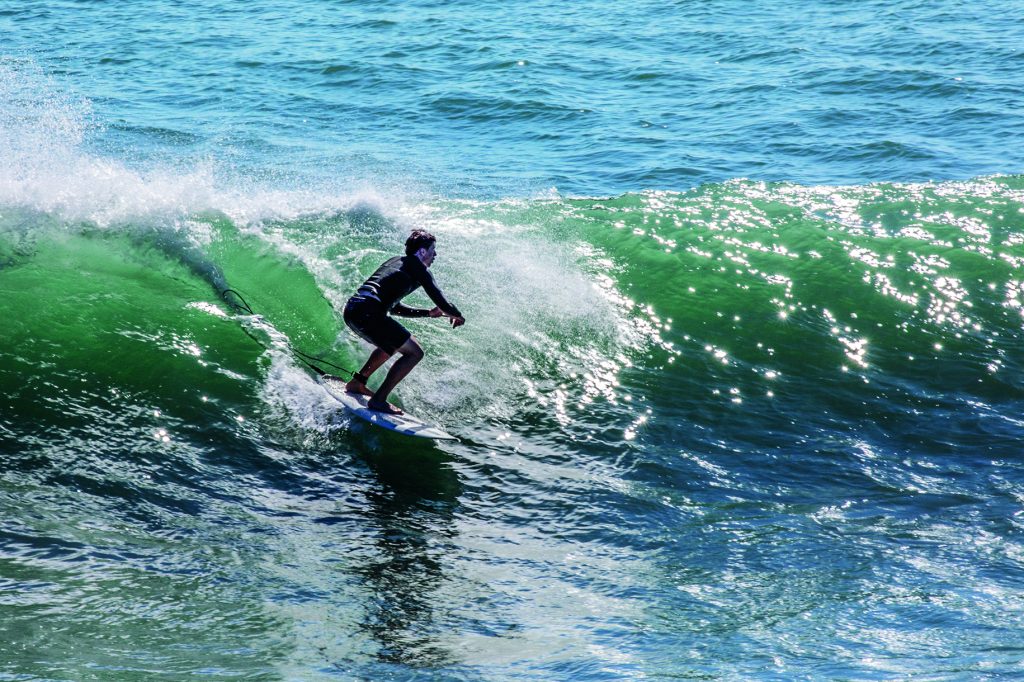
But it didn’t take long for the settlers to expand northwards again to here; and from the late 1700s the Ngāti Māhanga iwi occupied surrounding land.
So why then, the name? Who was Raglan? A British military geezer, commander of their forces in the Crimean War of 1853-1856. Fully, Field Marshall FitzRoy James Henry Somerset, 1st Baron Raglan, GCB (of the Most Honourable Order of the Bath), PC (member of the Privy Council). He was the one who ordered the Charge of the Light Brigade – but to a different target, not the Russian artillery battery. (Orders got tragically mixed up.
A long story.) He never set foot in New Zealand.
Trivia: His name also lives on in the Raglan sleeve, which has a diagonal seam from collar to the underarm. Raglan wore coats in this style after he lost an arm at Waterloo. Enough of him – I imagine Whāingaroa will more and more reclaim its place as the name for the place.
The founding personality of the settlement – rather than distant Lord Raglan – can more realistically be considered to be the Ngāti Māhanga rangatira Wiremu Nēra Te Awa-i-taia. He was an early Christian convert, and provided support and initial provisions for the Wesleyan mission station establishment at Te Horea on the harbour’s northern shore in 1835–36. The mission then shifted to Nihi Nihi, near present-day Raglan, in 1839. During the 1863 Invasion of Waikato, part of the New Zealand Wars, Te Awa-i-taia and his people protected the settlement, and it was also garrisoned by British troops.
Te Awa-i-taia’s grave is in the park just across the inlet from Raglan’s central CBD, accessed by a walking bridge over the Kaitoke Creek (where the most convenient launching ramp for motorboats and waka ama is), which also leads to a big holiday camp, and the extensive skateboard bowls. Just next to the bridge, the remnant wharf at the landing is the hub for local kids perfecting their manu.
Boating within the harbour takes many forms. Most visibly, there are the constant streams of visitors going on kayaking outings, directly across the harbour from Raglan town landing at Bow Street just by the walking bridge, to the Pancake Rocks on the opposite shore, and a part of the famed Limestone Coast.
The more out-of-the way kayak trip is upstream on the southern shore of the harbour, past the wharf and Coastguard base, to the lovely Okete Falls which spill directly into the tide. Time it right, and you can get a freshwater shower while sitting in your kayak.
Some of the Raglan kayak rentals outfits can also tailor overnight kayaking adventures. I’d like to explore further up the harbour – or you could do this downstream from Waingaro Landing, past the Waingaro Marae, which is accessible from Ohautira Road (the route from Raglan to Ngāruawāhia and Huntly and SH1).
An outboard-powered dinghy would do the trip to Raglan town from here in just a few hours – same as the steam launches that used to tow barges of agricultural produce sourced from the surrounding lands. A full tide, outgoing, would be best. The Raglan district produced much wheat in the last century and was also one of the most significant hubs of New Zealand’s extensive flax milling and exporting industry in the mid- to late 1800s. Which made the world’s best ropes for ships and boats.
From this time on, until adequate (read, tar-sealed) roads were developed leading here from the interior (only completed in the 1960s), Raglan relied on shipping to a great extent.
The long pursuit of Whāingaroa finds a modern-day parallel in cult surfing films like The Endless Summer (USA, 1966) , New Zealander Clive Neeson’s 2013 film Last Paradise and more recently, AI. Tearoa (2025) which explores the inaugural Vodafone Surf Sessions in 2005. A thousand other personal films record surfers at Raglan.
One of the remarkable things about Manu Point is the close proximity to the surfers, perpendicular to the viewers. Sitting at the lookouts, a photographer is within 100m of the action.
The breaks around Manu Point allow for a variety of surfer abilities and styles, with smaller waves further in, curving around the point; and different sets coming into the sands of neighbouring Ngarunui Beach (where the surf lifesaving outfit is based). Just look at the Google Maps satellite view, and you’ll see those waves clearly delineated – and the current course of the shipping channel around/through the bar.
The terrific Raglan Museum adds much to this outline sketch, including a comprehensive interpretive display of the archaeological work done at Te Horea; great images of waka, steam launches, ships through the ages; and naturally, a unique (for a museum) display of surfboards and surf fashions. Even a cabinet filled with surfboard wax products from their beginnings! I especially liked a huge map of the harbour, printed on silk in the late 1800s. The museum will also set you right on heritage walks through the town, one of which takes in the sites of the various jetties and wharves that have serviced its waterborne traffic. The shop at the museum, also the i-Site, run by a local volunteer group, has a great range of books by local authors (all members of an active writer’s network). Books that well capture the region’s zeitgeist, with titles ranging from new looks at history, living alternative lifestyles, novels about seafaring and yoga – and surfing, natch.
Here we must thank museum manager Karyn Cooper, Collections Manager at Raglan Museum / Te Whare Taonga o Whaingaroa – a long-term local – who helped us so much with this article.
Back to the boats of the present, and the creek—nay, creeks, plural – that invite exploration around the epicentre
of Raglan town.
There’s a lively and active waka ama club. Many recreational fishing boats come and go from the slip just by the big holiday park, and there’s windsurfing and kite surfing, with a choice range of venues, from flat to decidedly not-so-flat water.
At the wharf where the Coastguard Base is now, there’s the Wharf Espresso coffee roasters, and a fine fresh seafood shop. Top marks from us for their smoked mussels and salmon, and the homemade beetroot relish! Also, a potter’s studio and an outfit making finely crafted woollen wear and leather bags. All new buildings, as the previous ones burned down in a dramatic fire in 2010. The concrete storage silos survived, and now house distinctive holiday units.
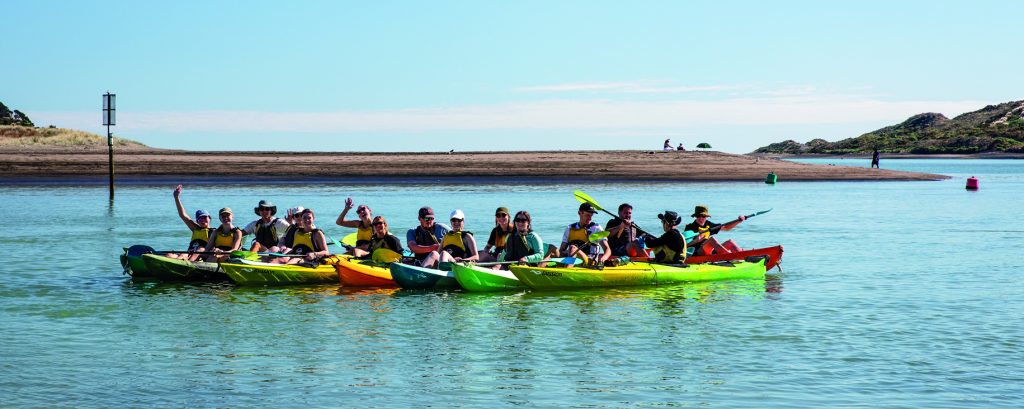
The Coastguard vessel, sponsored by that pre-eminent Waikato agribusiness company Gallaghers, is kept on a cunning device that keeps it above the water when not in use and so avoids gathering barnacles. Moored around it, a small collection of local yachts. No deep draft keelers – the bar perhaps too challenging for their regular crossing. Among the moored yachts, a few interesting, smaller sailing catamarans. I reckon these would be perfect for exploring the entire harbour. Fast enough to go places; shallow draft, and where necessary, able to park on mudflats at low tide, till floated again.
It’s a worthy reminder of New Zealand’s coastal trading heritage that Raglan was a remarkably busy port 100 years ago, with levels of seaborne traffic that seem surprising today. It all started when, in the 1820s, flax trader John Rodolphus Kent first arrived and called in at the harbour. In the 1830s the waters and depths were surveyed by Captain Thomas Wing.
There was a working port from the 1850s on, but by the 1970s only cement was landed, and it closed in 1981. There was even a scheduled passenger shipping service from Raglan to Lyttleton in the South Island. An interp sign at the wharf tracks all this – and shows a big ship unloading motor cars here.
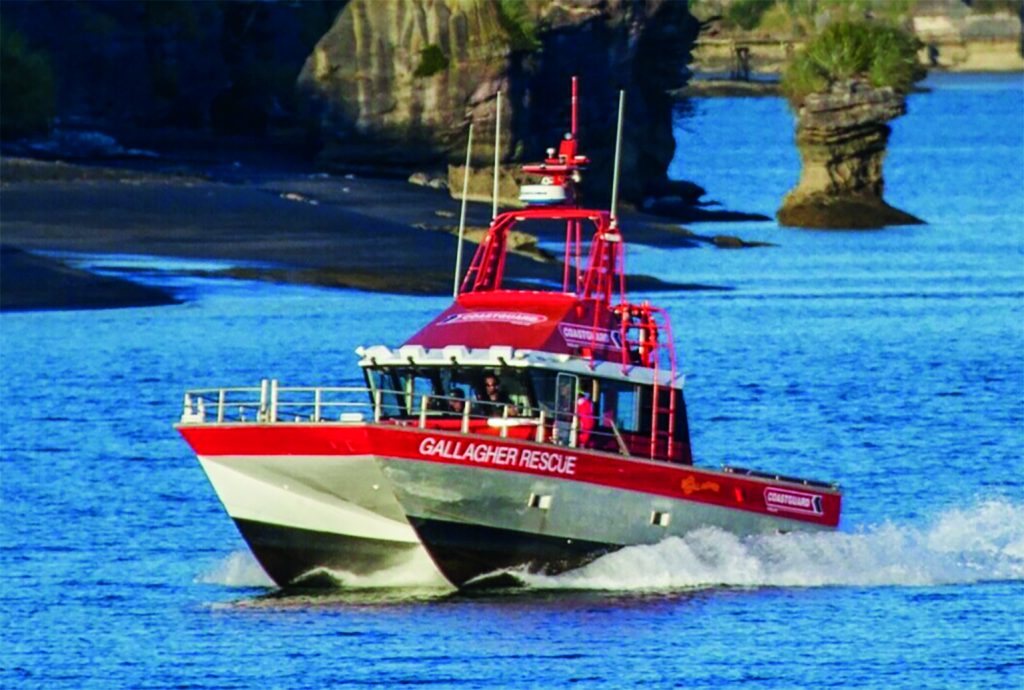
The Northern Steamship Company had Raglan as part of a regular West Coast run. Its steamers calling included Apanui (that did the South Island run); Bell Bird; Claymore; Fingal (occasionally); Gairloch; Hauturu; Kanieri, Ngapuhi, and Rimu.
Dairy farming started nearby in the late 1800s, but from the 1930s many dairy units changed to sheep farming (some now changing back again).
No mention of the culture of Raglan would be complete without a mention of the live music scene at the legendary Harbour View Hotel, launching pad and spiritual home for the careers of Kiwi rock icons like Midge Marsden, and an essential summertime stop-over gig for other New Zealand singing stars like Stan Walker.
“The emergence of Raglan as a ‘musos’ town’ dates to the early 1980s, when the Mudsharks began regularly playing their own distinctive style of music to packed bars at the Harbour View Hotel,” notes the local newspaper the Raglan Chronicle.
“They were heady days, recalls original Mudsharks member Dave Maybee.” He says the “the town really rocked back in the ‘80s…particularly on ‘Mudshark Mondays’ when professional touring musos like himself, Sid Limbert and Peter … got together and jammed at the historic Raglan pub.
The musicians asked at the Harbour View which of its nights were the quietest, then established a regular crowd each Monday with their own brand of rock ‘n’ roll and blues.
Safe to say, the Harbour View Hotel is now firmly established as one of New Zealand’s premier live music venues.
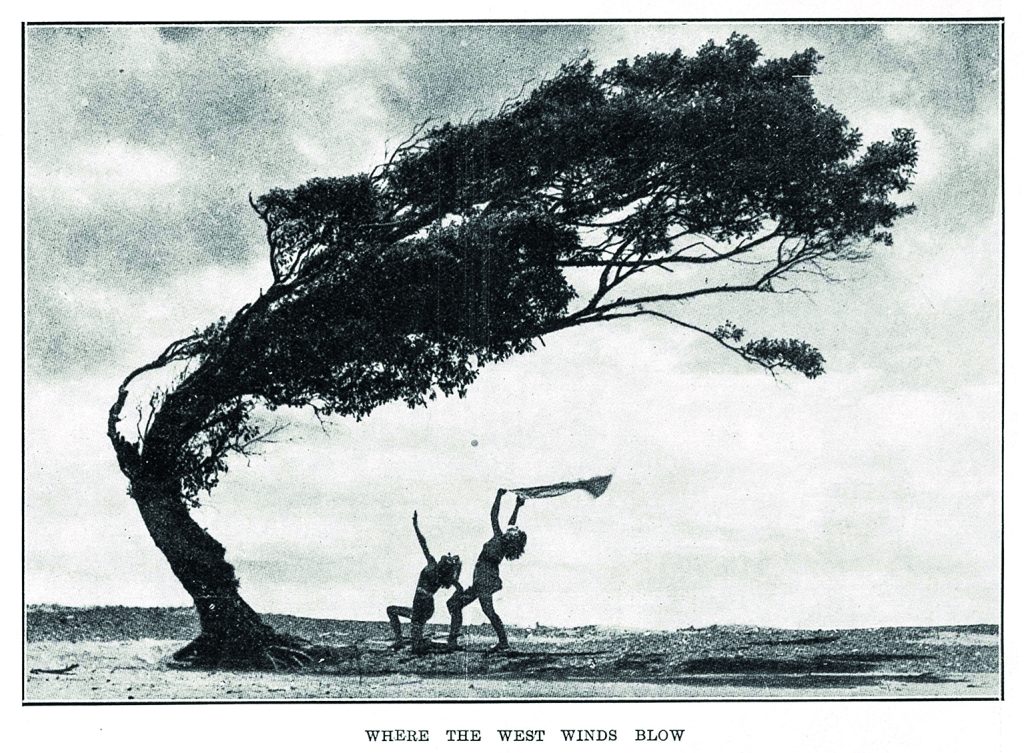
And yes, the Harbour View Hotel did have a sea view back in the day. The one still standing is the third hotel of the same name on the same site. Its bistro won Restaurant Guru’s Best Pub and Veranda Bar, 2024, and Best Outdoor Seating in 2023.
But we digress. Which at Raglan isn’t hard to do. For this is an Up the Creek adventure with a vibe that extends beyond boats. It needs a whole weekend – or two. Go for it. And don’t forget your kayak, your sail or kite or surfboard, or your tinnie!








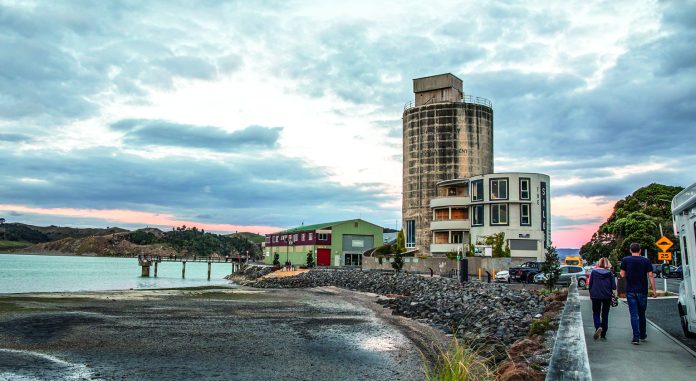

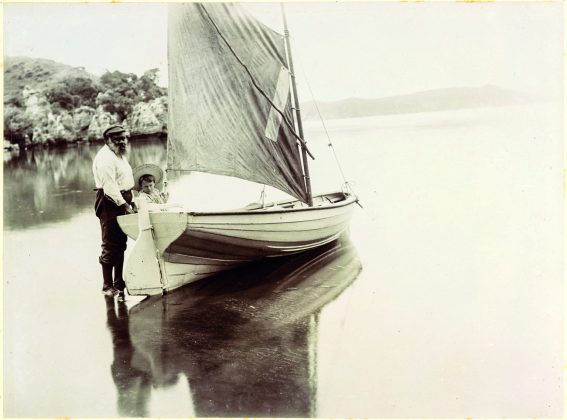
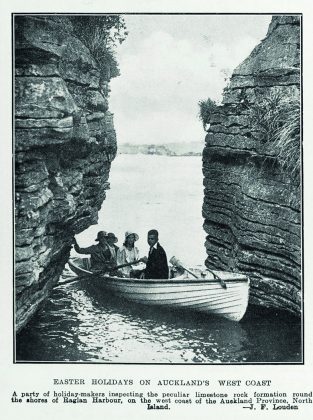
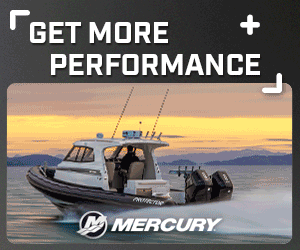
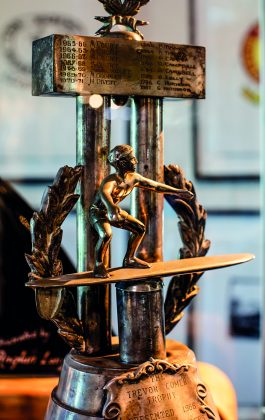
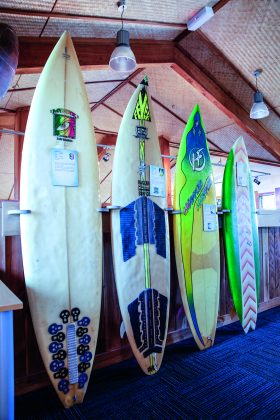
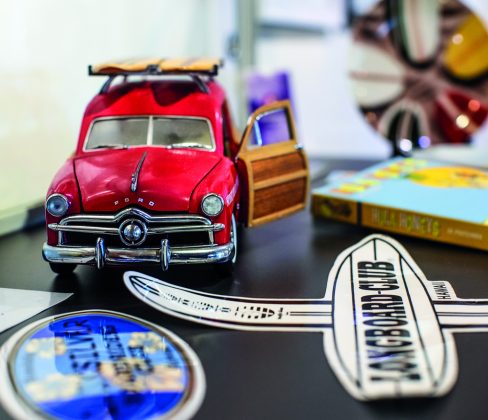
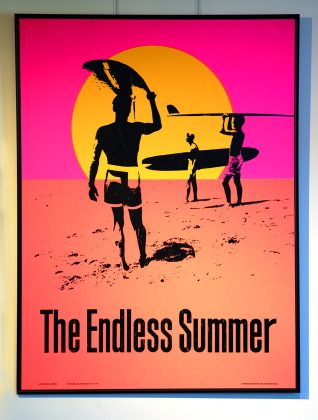
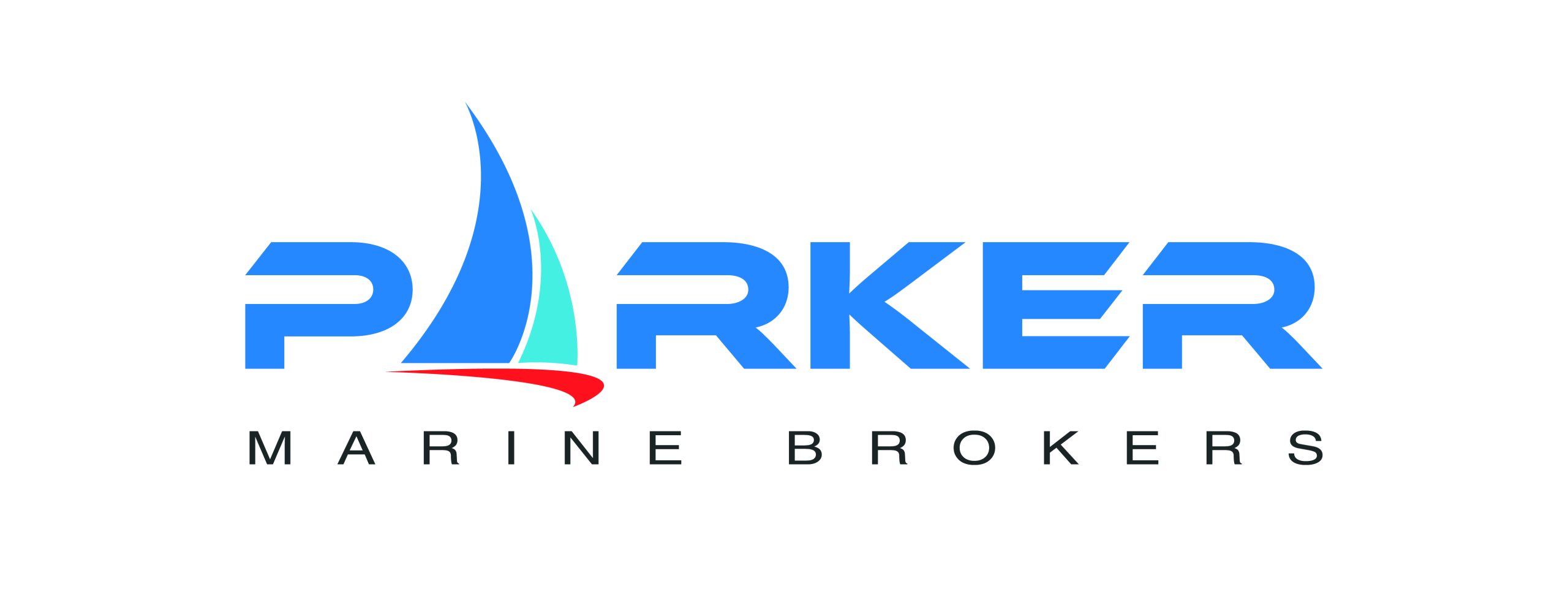

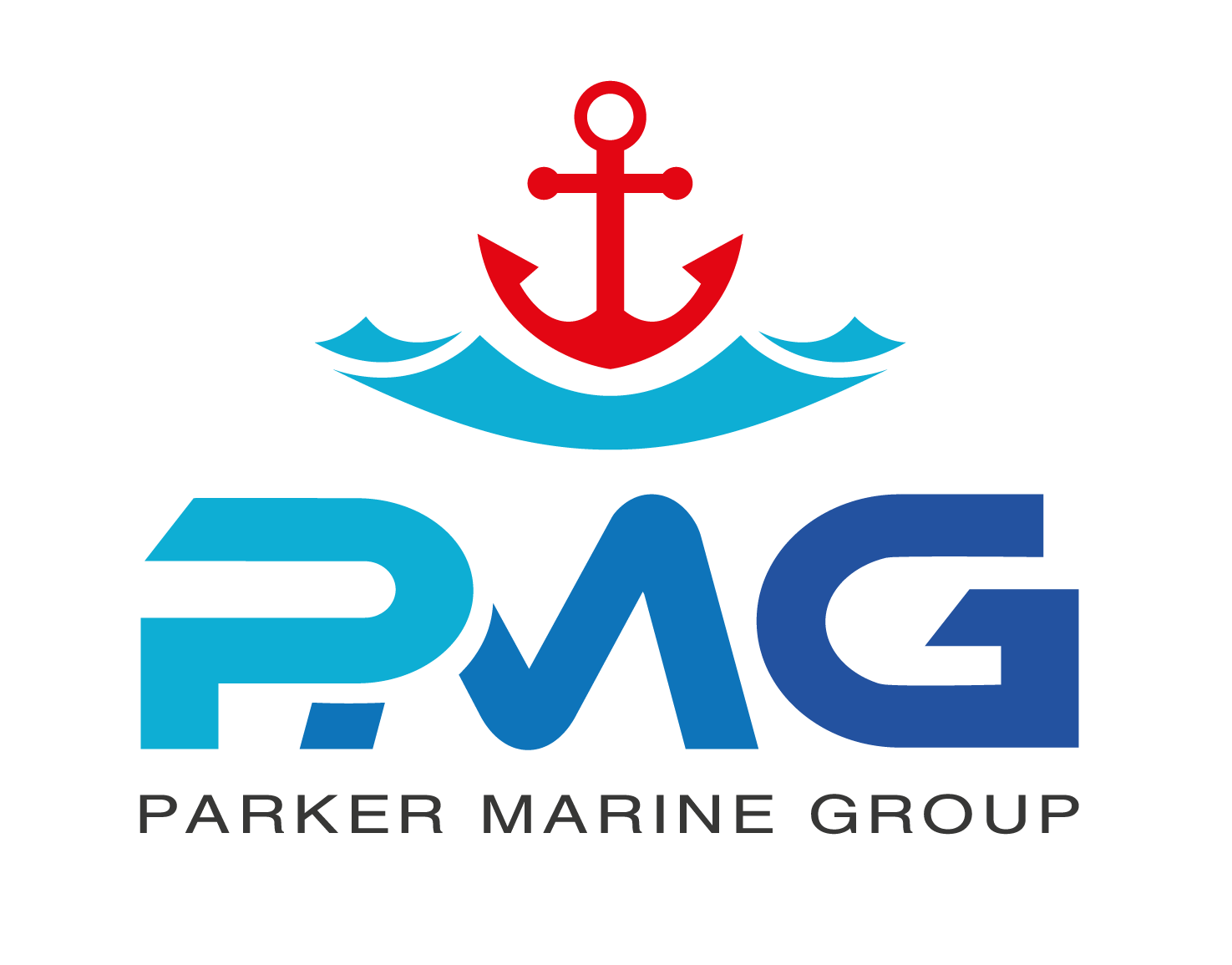
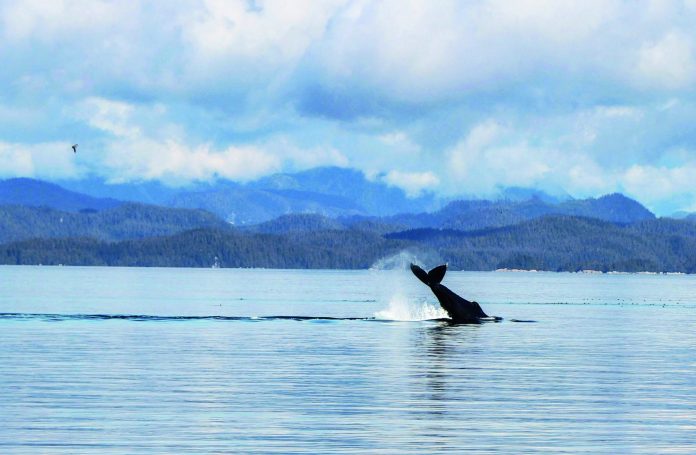
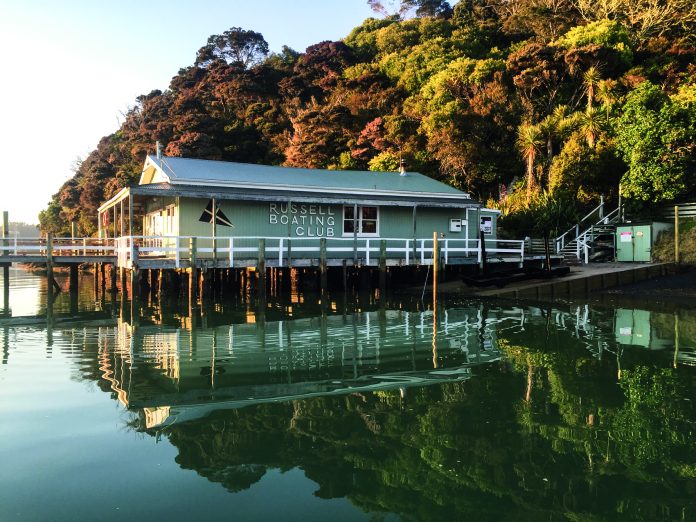
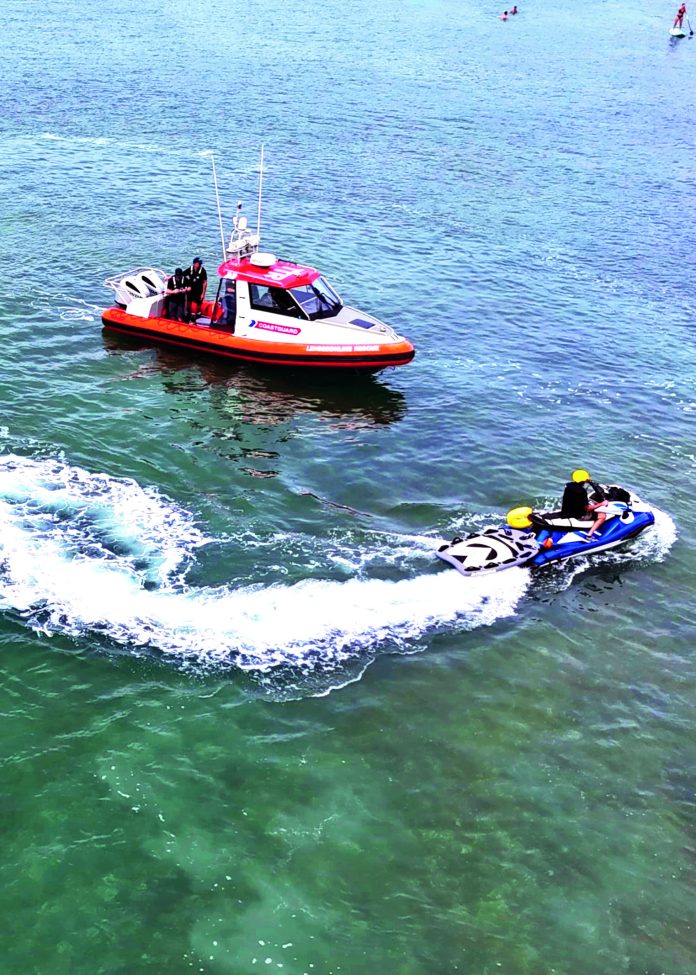


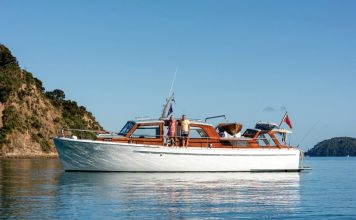
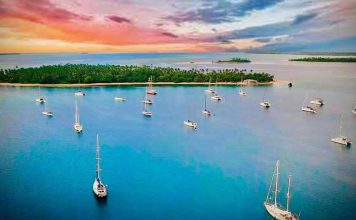
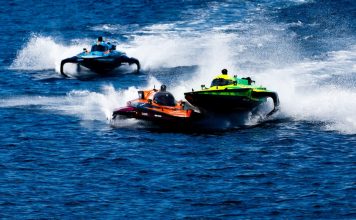
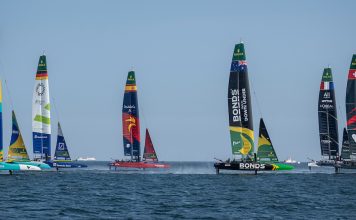
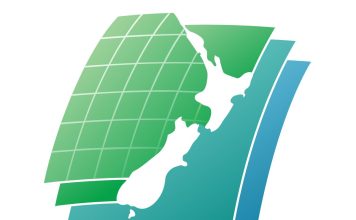
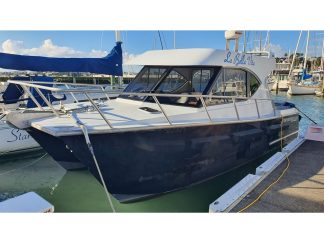
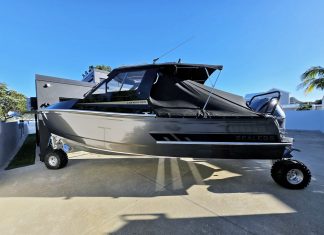
Fantastic read. My older brother, his friends and mine would do the trip over from the East Coast to surf Raglan throughout the early eighties as the West Coast always had surf it seemed unlike the East. Great memories of sleeping in the car at Manu Point and discovery of ‘new breaks’ around to Ruapuki. And the pub scene was something else with fantastic live music and the buzz was always high.
I return to Raglan when life allows and it still after all the years maintains a wonderful buzz.
Good onya Rags.